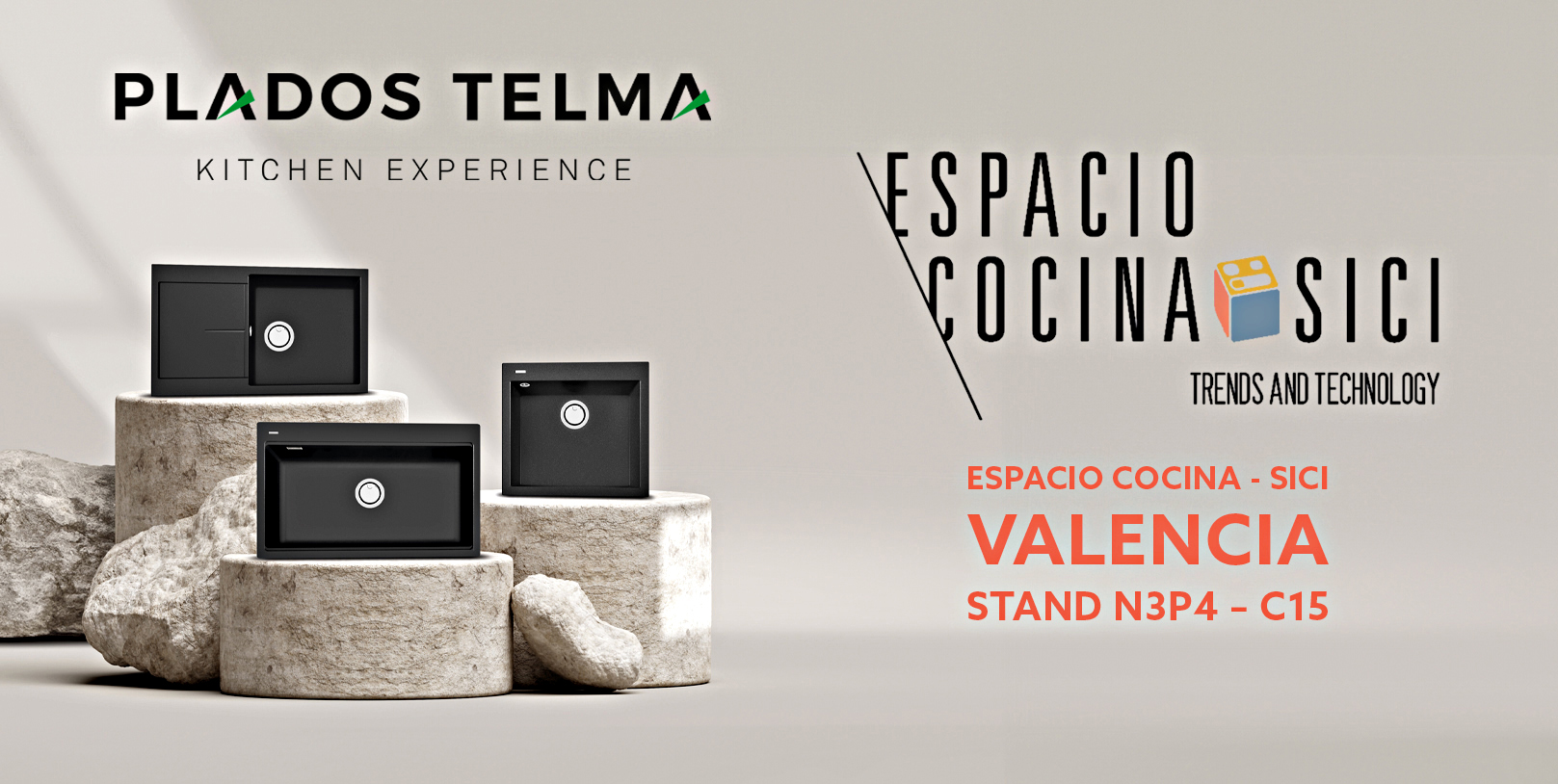Savina Pianesi is the Head of Research and Development at Plados Telma. We interviewed her about the collaboration between Plados Telma and Gruppo Simonelli for a project co-funded by the Marche Region, Marlic.
? Savina, can you explain what Marlic is and what the collaborationone between Plados Telma and the Simonelli Group consisted of?
MARLIC is a project financed by Regione Marche under the POR MARCHE and stands for Applied Research Laboratory in Le Marche for Innovative Composites.
It involves 27 players led by the lead company HP Composite, leader in the designone and productionone of advanced composite materials. In addition to 20 companies, we find Fondazione Cluster Marche and 5 Research Centres, including the University of Camerino, the Polytechnic University of Marche and the University of Urbino, as well as ENEA and CNR.
It has several design linesone:
The first, that of the REALISATIONONE OF A NEW LABORATORY consisting of networks of collaborationone, human resources and equipment, which through R&D, technology transfer, disseminationone and valorisationone of results, is able to create a new regional research and innovation infrastructure.
The second has two more THEMATIC AREAS:
A) ECO-SUSTAINABILITY OF PRODUCTS AND PROCESSES FOR NEW MATERIALS
B) DE MANUFACTURING of which Plados Telma is the project leader, dealing with the recovery and recycling of industrial composite waste.
The best results were the individuationone and quantificationone of production waste from each company in the partnership, which become resources for other composite companies, considering that composite is a difficult material to mould, therefore, with a lot of waste and difficult to recycle.
The result of the collaborationone is a concrete testimony of how the circular economy can act as a driver for a more innovative industry with less impact on the environment.
? What role does resource recovery play in Plados Telma?
Plados Telma approached this issue about 10 years ago, in 2012, with a European call from the LIFE programme. The objective of that project called GREEN SINKS? was the production of 'green' sinks made with recycled raw materialby replacing organic raw materials with recycled ones.
It was very innovative for the period and was awarded by the European Commission (in the person of the current Ministry of Ecological Transone) as the best project of 2015. In April 2017, the European Commissione once again recognised the importance and value of the Green Sinks project, dedicating ample spazio to it in the public one LIFE and the Circular Economy?.
In 2022 we started a new over EUR 3 million project called Life plus GREEN COMPOSITE? LIFE 21 ENV / EN/ 101074703 [2022 ? 2025], which aims at industrial symbiosis to produce acrylic mineral composites from recycled and traced production waste in a replicable circular value chain.
From this initiative, the sink RINNOVA.
The project in fact envisages recycle 100% of the annual waste from our sinks, allow the productionone and marketingone of a production lineone for green sinks completely made of recycled materials. In addition, introducing newly developed solid-colour composite worktops to the marketone with improved performance.
As is evident from the regional and European projects developed and the activities carried out, resource recovery is a central, challenging but also clearly achievable goal.
? The collaborationone between Plados Telma and the Simonelli Group is also an excellent example of how companies can join forces to tackle the great challenge of sustainability.
Plados Telma's research and development division, Delta Lab, boasts a partnership with the University of Camerino, can you tell us about the advantages of this synergy?
It is a real industrial symbiosis that obtained in the MARLIC project between Plados Telma and the partner Group Simonelli. A couple of examples are Simonelli Group's use of a scrap from a Plados Telma sink to make a lid for a coffee grinder, simply by milling and levelling the top.
A far more detailed study was where Plados Telma formulated an idoneo and completely recovered material and Simonelli Group had a mould designed with forma ideal for use as the covering structure of a professional coffee machine.
The green material designed, formulated and printed by Plados Telma has resulted in an aesthetically innovative, functional and environmentally friendly green shell.
Many ideas for further products and new projects are being born, also thanks to the contribution of a local excellence, the University of Camerino, with which the company has been collaborating for about 25 years.




